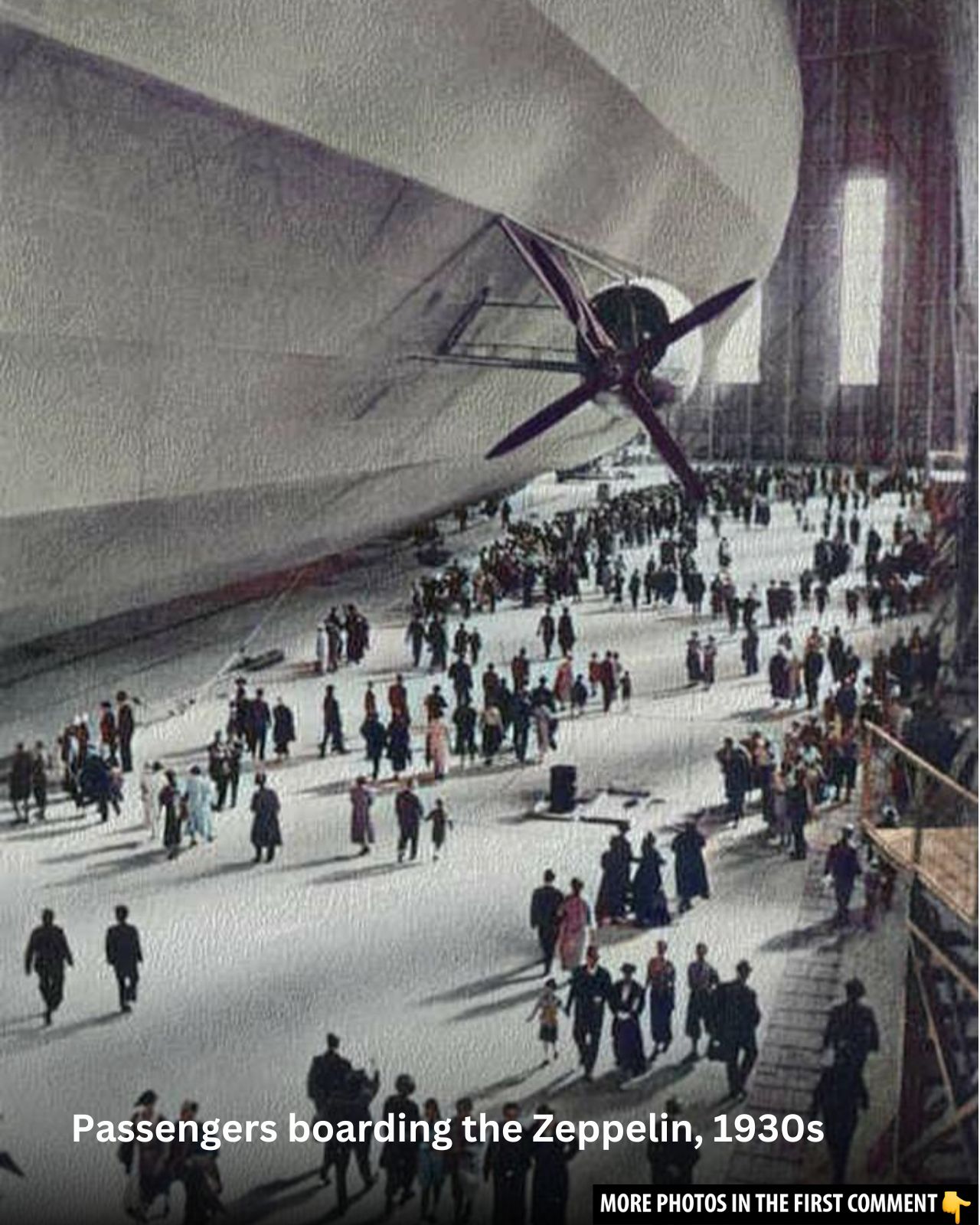In the early days of aviation, long before jumbo jets and private luxury suites, the most glamorous way to travel across the Atlantic was aboard a Zeppelin airship. Among them, the Hindenburg stands as the most iconic symbol of luxury in flight. A majestic flying vessel that offered a smooth journey through the skies, the Hindenburg was a testament to the heights of opulence and engineering at the time. But while its luxurious amenities and speed were unmatched, the airship’s tragic demise would mark the end of an era for Zeppelins and reshape the future of air travel forever.
Construction and Design of the Hindenburg
The Hindenburg was a marvel of its time. Constructed by the Zeppelin Company, this airship was designed to carry 50 passengers on transatlantic flights, crossing from Germany to the United States in record times. Measuring 803 feet in length—almost four times longer than a Boeing 747—the Hindenburg was constructed with a sturdy aluminum alloy known as duralumin. Its massive structure was filled with seven tons of hydrogen, a lightweight gas that allowed the airship to soar effortlessly through the skies.
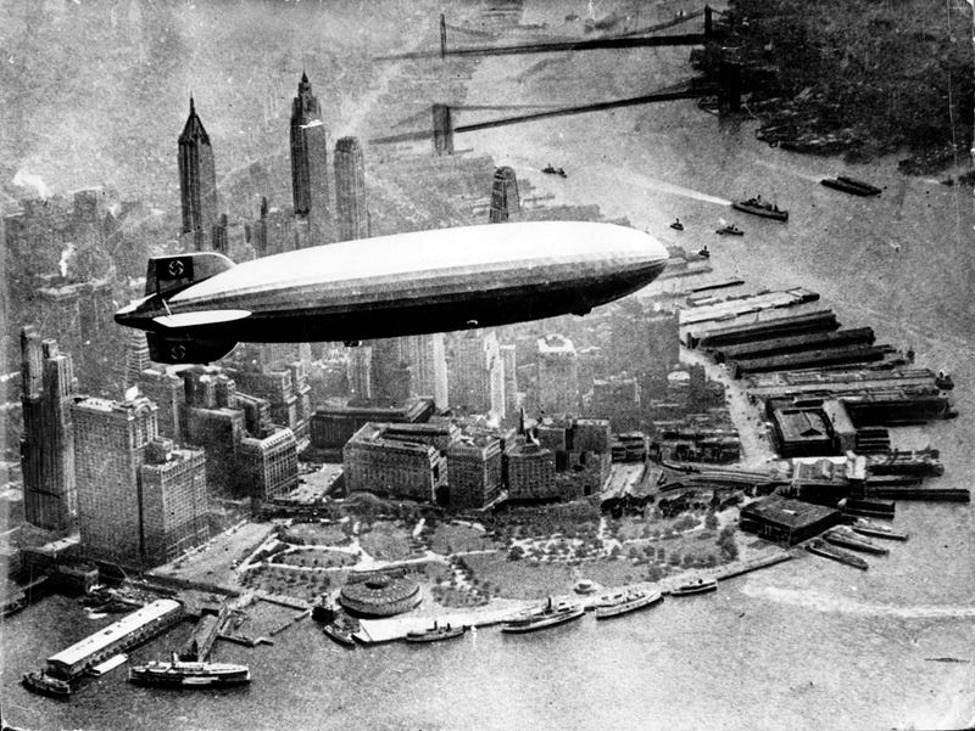
Despite hydrogen’s volatility, which would later play a role in its fiery end, the Hindenburg was intended to embody the future of luxury air travel. It featured lavish accommodations, designed with comfort and style in mind. Its expansive size, alongside a top speed of 84 miles per hour, made the Hindenburg a true showpiece of the skies, a symbol of luxury for the wealthy elite of Europe and the United States.
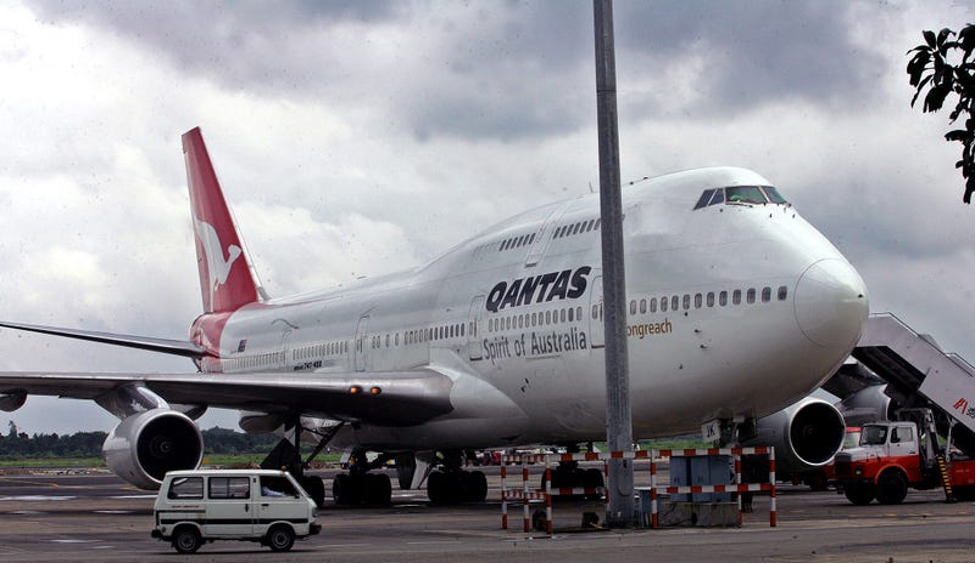
Video
Watch the video to see rare colorized photos inside the Hindenburg! Don’t miss this unique look at the iconic airship before its tragic end.
The Hindenburg’s Journey Across the Atlantic
After its completion in 1936, the Hindenburg quickly became the go-to vessel for passengers crossing the Atlantic. A major part of the appeal was the speed. In just 43 hours, the Hindenburg could travel from Germany to the United States, significantly faster than the ocean liners of the time, which took up to four days for the same journey.
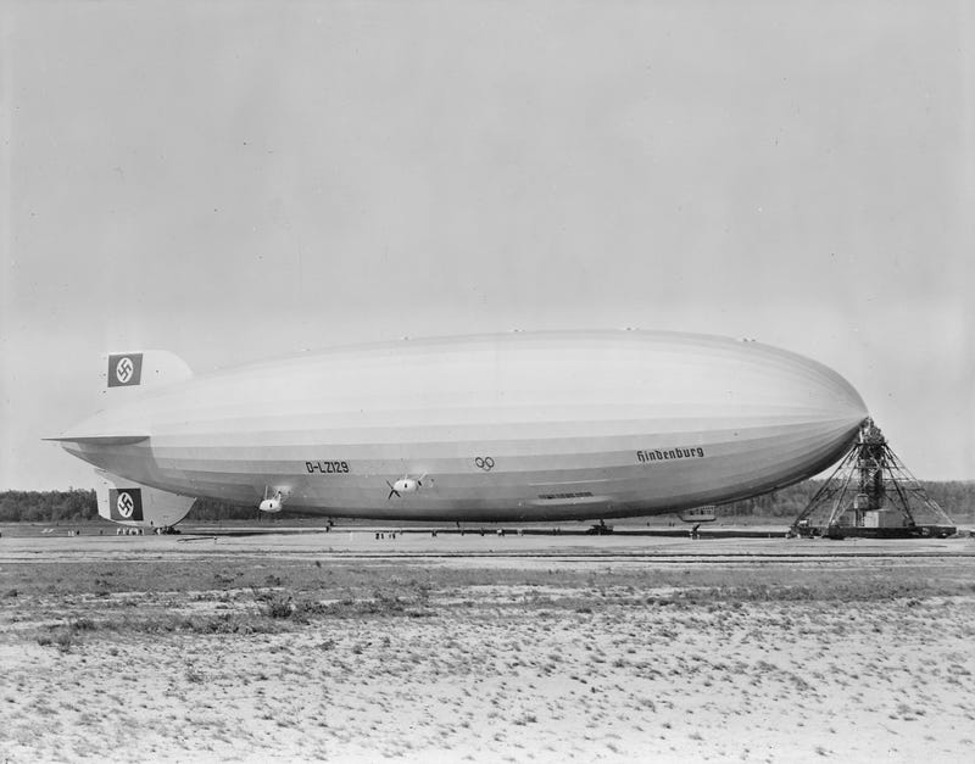
It was also the epitome of luxury on the move. Unlike cramped cabins aboard ocean liners, the Hindenburg’s spacious interior was designed for comfort, boasting a full dining room, lounges, and even a smoking room. Its ability to offer both speed and comfort was revolutionary, cementing the Hindenburg’s place as a coveted means of travel for the elite.
Luxurious Amenities on Board
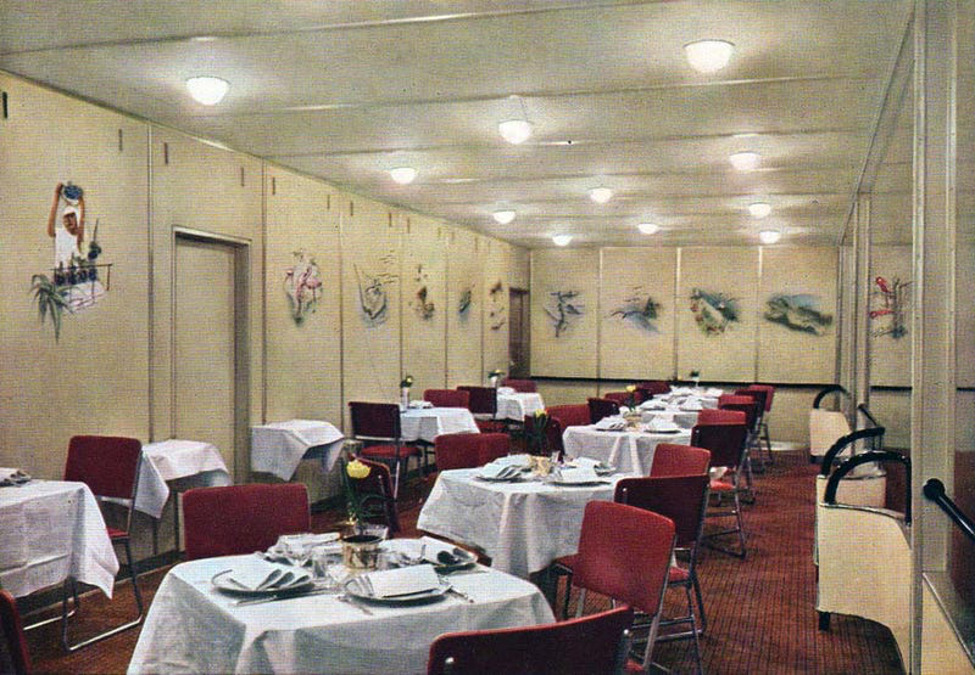
One of the most alluring aspects of the Hindenburg was its luxurious accommodations. The dining room was the centerpiece of onboard opulence, with a 19-foot-wide, 43-foot-long space featuring silk wallpaper and elegant furnishings. The Hindenburg’s dining room wasn’t just a place to eat—it was an experience, with patrons enjoying gourmet meals while gliding smoothly through the skies.

Next to the dining area was the lounge, where passengers could unwind in lightweight aluminum chairs upholstered in brown, or relax with a drink in the smoking room. The lounge was even equipped with a grand piano, which added an extra touch of class. Though removed in 1937, the piano was a luxury rarely seen on airships, making the Hindenburg even more special.
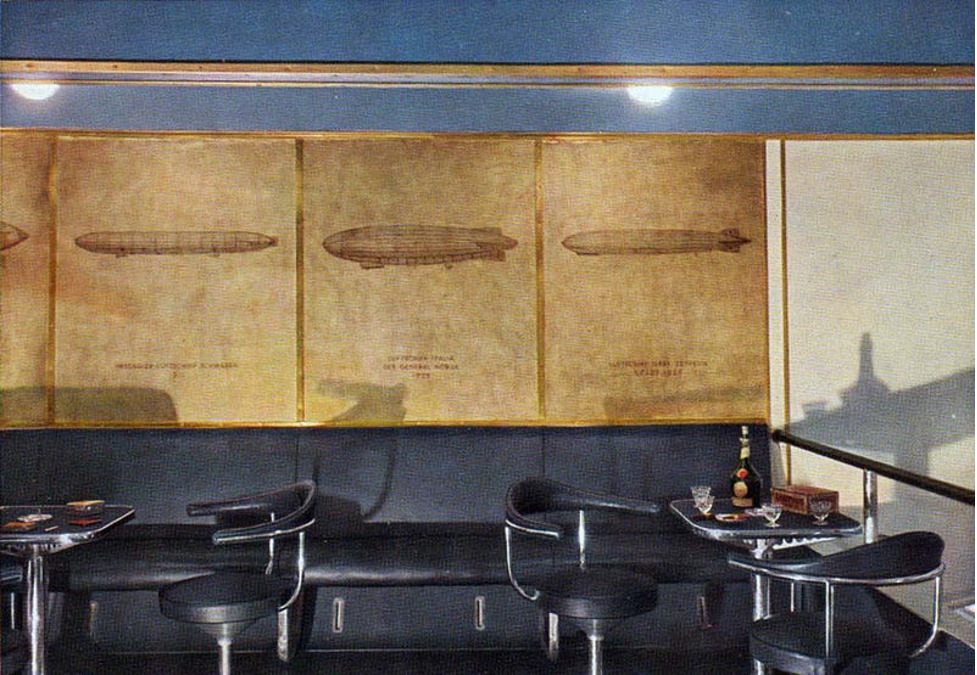
There was also a writing room, where passengers could relax in peace and take advantage of the quiet space for reading or writing letters. The cabins were compact but comfortable, each measuring 78″ X 66″ and featuring bunk beds. This mix of communal spaces and private quarters was part of what made the Hindenburg so unique—it combined the luxury of first-class ocean travel with the convenience of a faster, more modern airship.
Cultural and Historical Significance of the Hindenburg
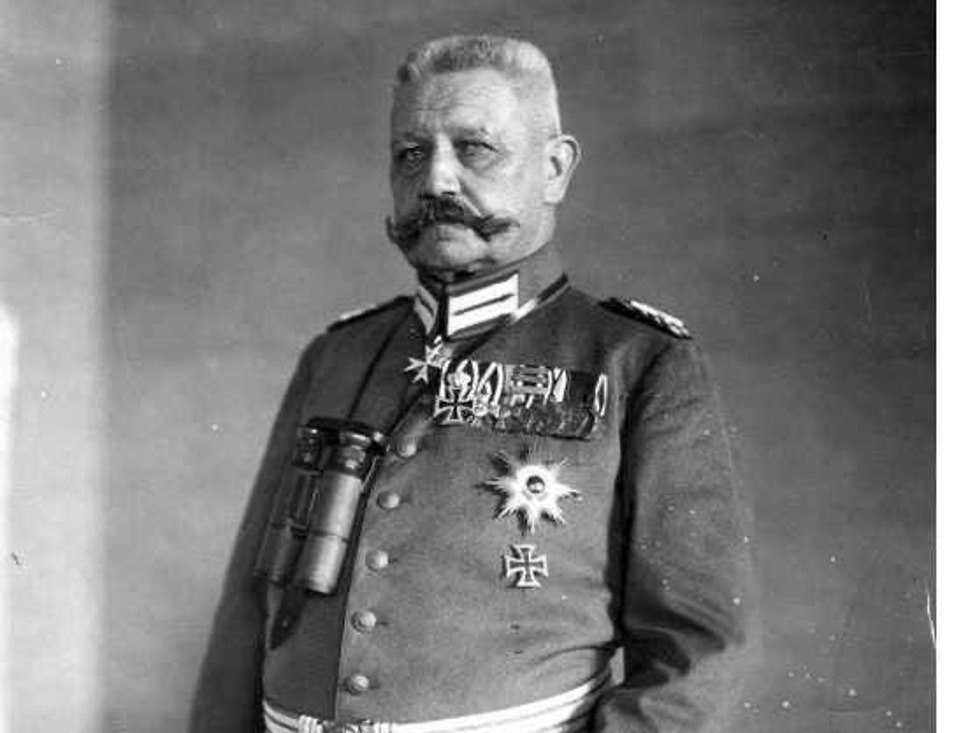
The Hindenburg was not just a mode of transportation; it was a symbol of Germany’s engineering prowess and the epitome of luxury air travel during the 1930s. The airship attracted a host of wealthy passengers, many of whom were eager to experience the luxurious amenities that the Hindenburg offered. It represented a new age of travel, one that was faster, more comfortable, and more luxurious than anything that had come before.
However, it wasn’t just about luxury. The Hindenburg also reflected the political and technological ambitions of Nazi Germany, underlining its role as a symbol of German engineering at a time when the nation sought to project power on the global stage.
The Tragic End of the Hindenburg
The Hindenburg’s reign as the pinnacle of luxury air travel came to a tragic end on May 6, 1937, when the airship caught fire while attempting to land at Lakehurst, New Jersey. The fire, which was caused by a spark that ignited the hydrogen, quickly engulfed the airship, leading to the deaths of 35 people aboard and one person on the ground. The tragedy was captured on film and radio, further cementing its place in history.
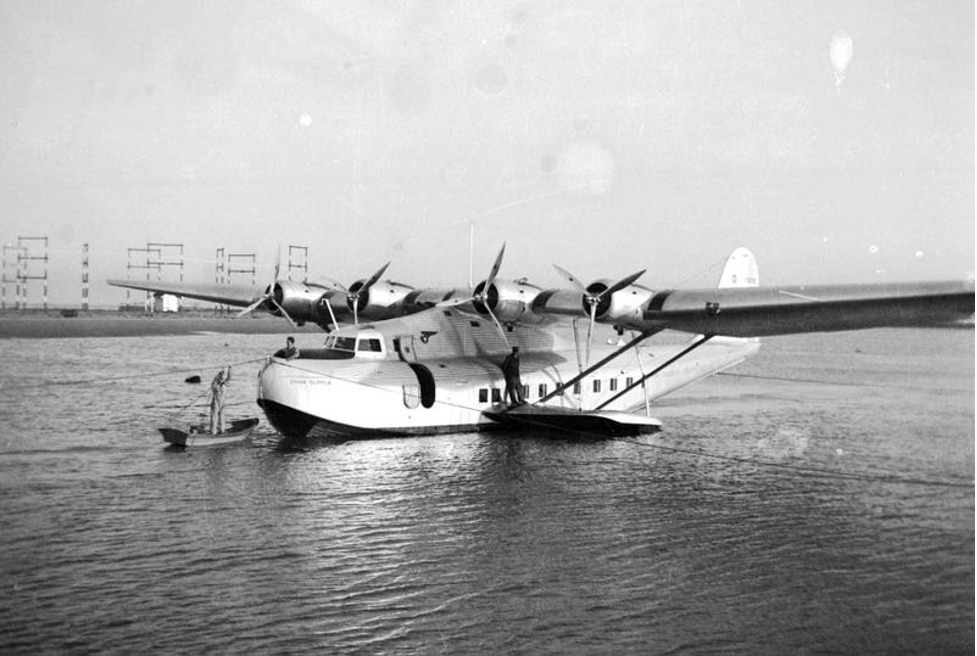
The Hindenburg disaster is one of the most well-known accidents in aviation history. It marked the end of the airship era and the beginning of the rise of commercial airplanes. While the Hindenburg was designed to be a safer and more luxurious way to travel, its demise showed the inherent risks of using hydrogen as a lifting gas and ultimately led to the development of safer air travel methods.
Legacy of the Hindenburg and the Decline of Airships

The Hindenburg disaster effectively ended the use of Zeppelins for passenger travel. The public’s perception of airships shifted dramatically after the fire, and with the rise of faster, more reliable airplanes, Zeppelins became a thing of the past. By 1940, the remaining Zeppelin airships were scrapped by the Nazi regime, with their parts used to build weapons for World War II.
However, the legacy of the Hindenburg lives on. Today, the airship’s grandeur and tragic end continue to fascinate historians, aviation enthusiasts, and the general public. It remains a symbol of both the heights of luxury travel and the dangers of technological innovation. The Hindenburg’s story is a reminder of how quickly innovation can be overshadowed by disaster, and how the quest for luxury can sometimes come with unforeseen risks.
Gallery: Capturing the Grandeur of the Hindenburg
The Hindenburg’s lavish amenities and tragic end have been immortalized in a series of stunning photographs. These images, taken during the airship’s heyday, provide a rare glimpse into a time when air travel was synonymous with luxury. The photos capture the elegance of the dining room, the spacious lounges, and the sleek, streamlined design of the Hindenburg, offering a window into a lost era of aviation.
From the grand dining hall to the sleek passenger cabins, these images serve as a tribute to the era when Zeppelins ruled the skies. They remind us not only of the grandeur of the Hindenburg but also of the dangers inherent in early aviation.
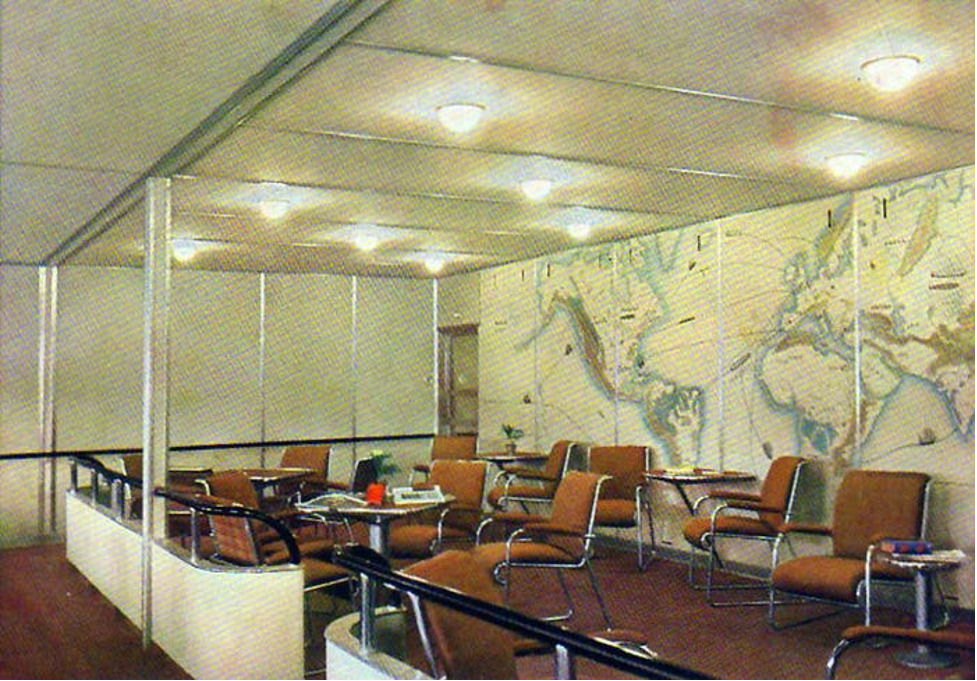
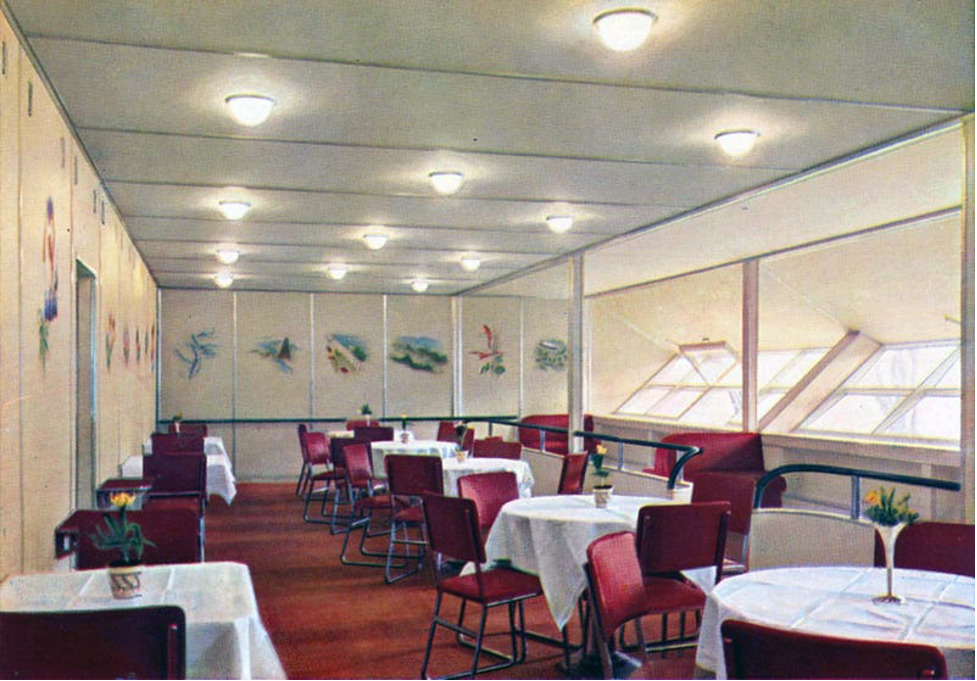
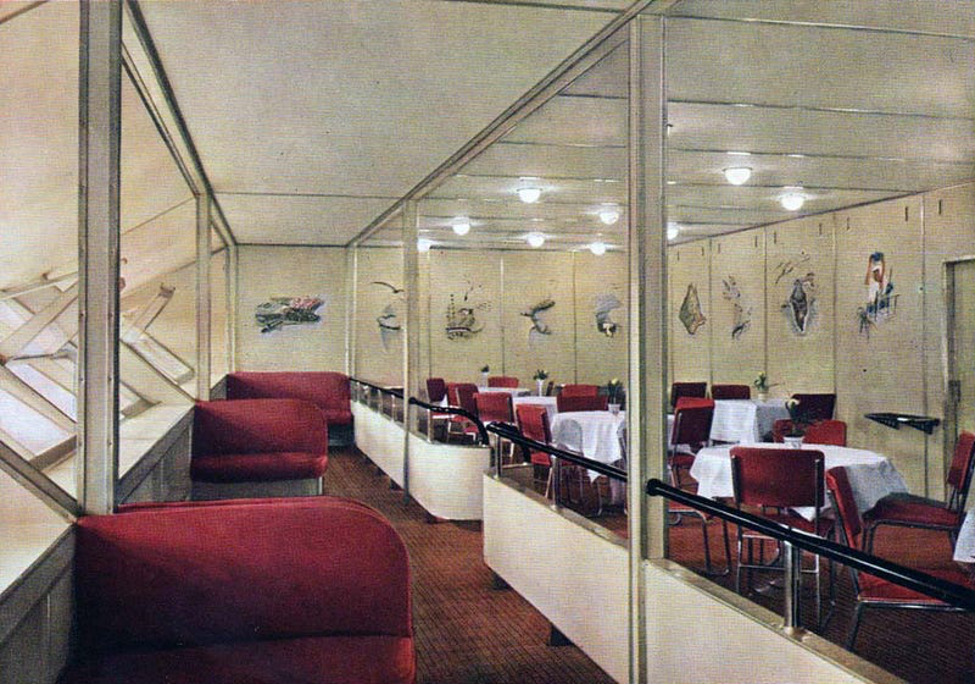
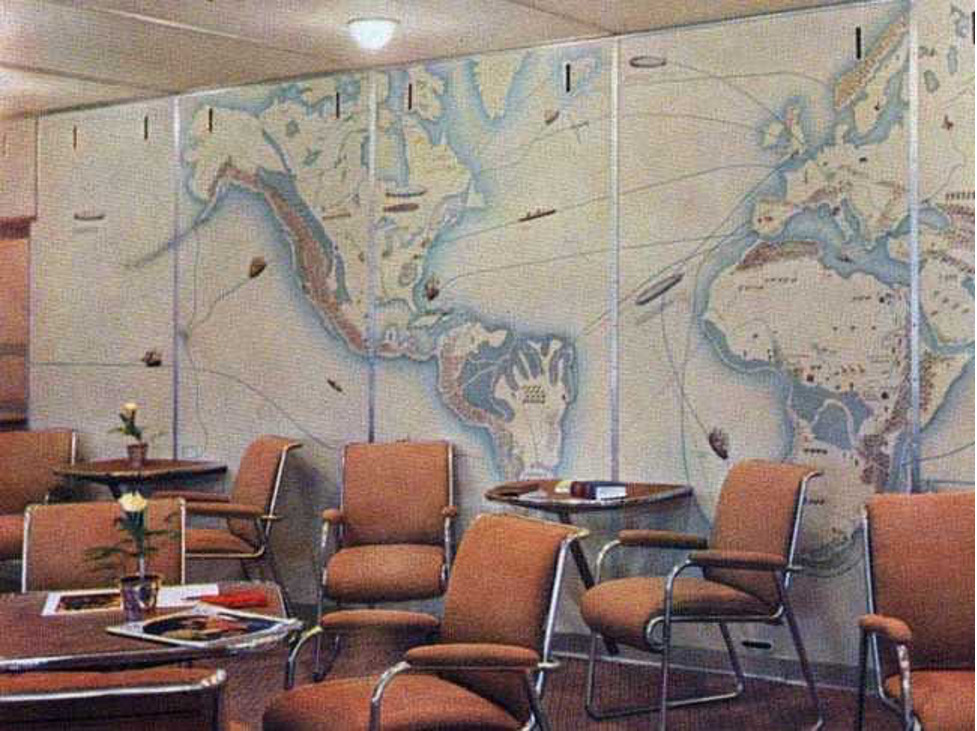
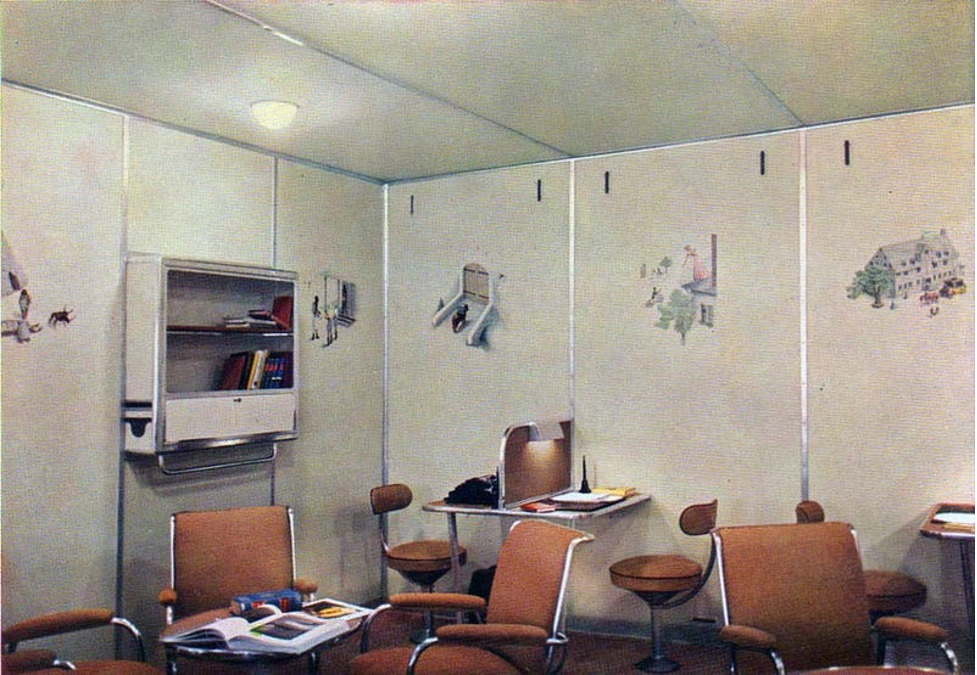

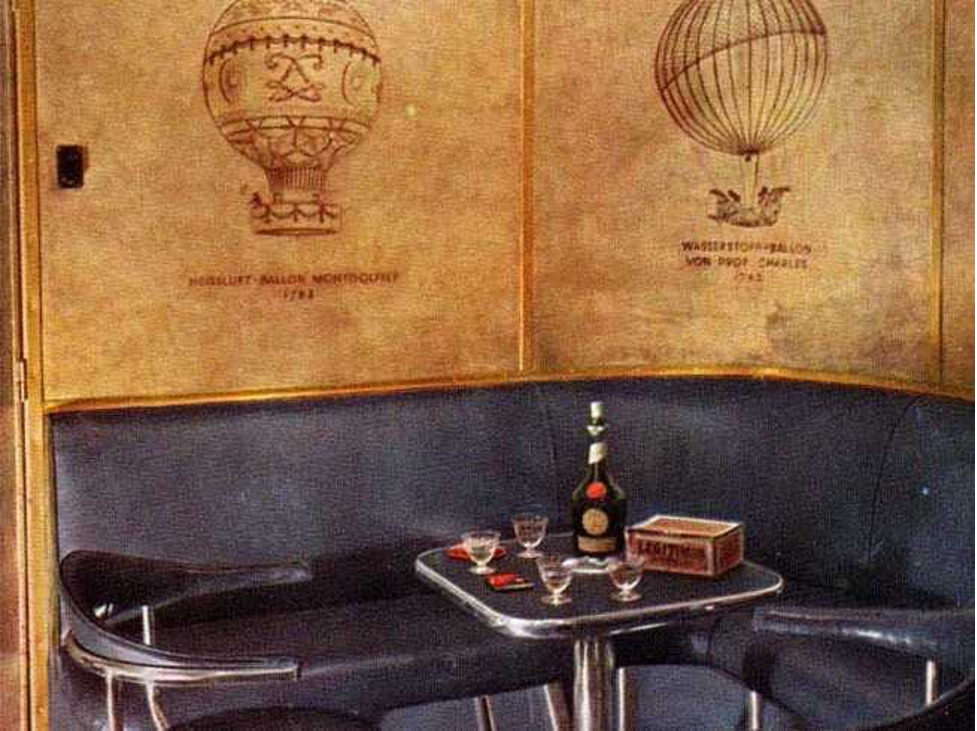
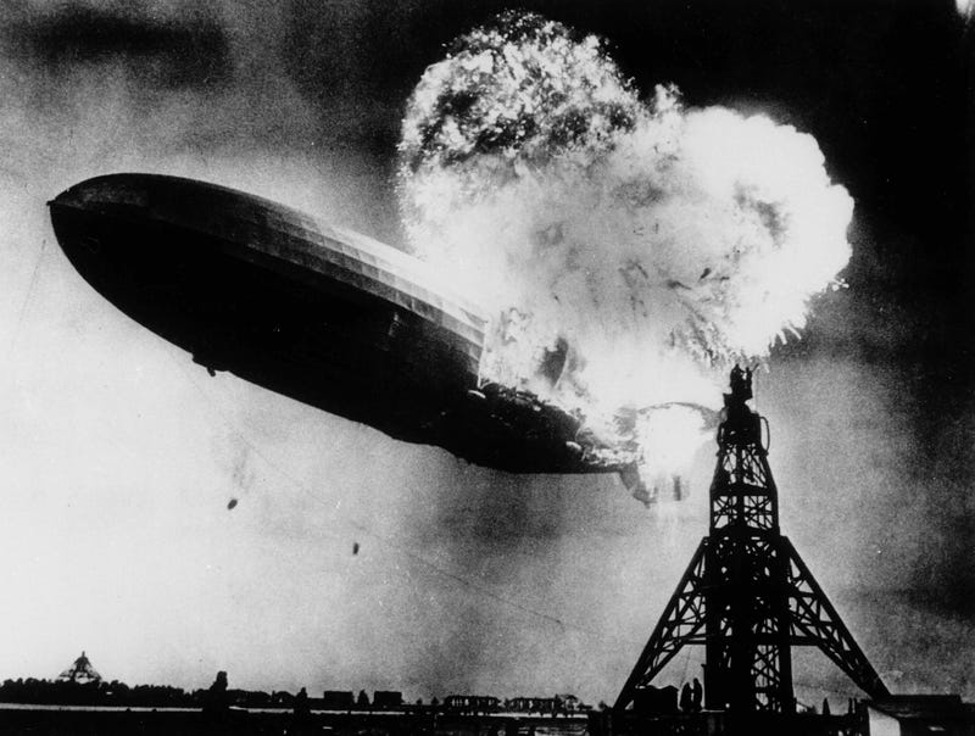
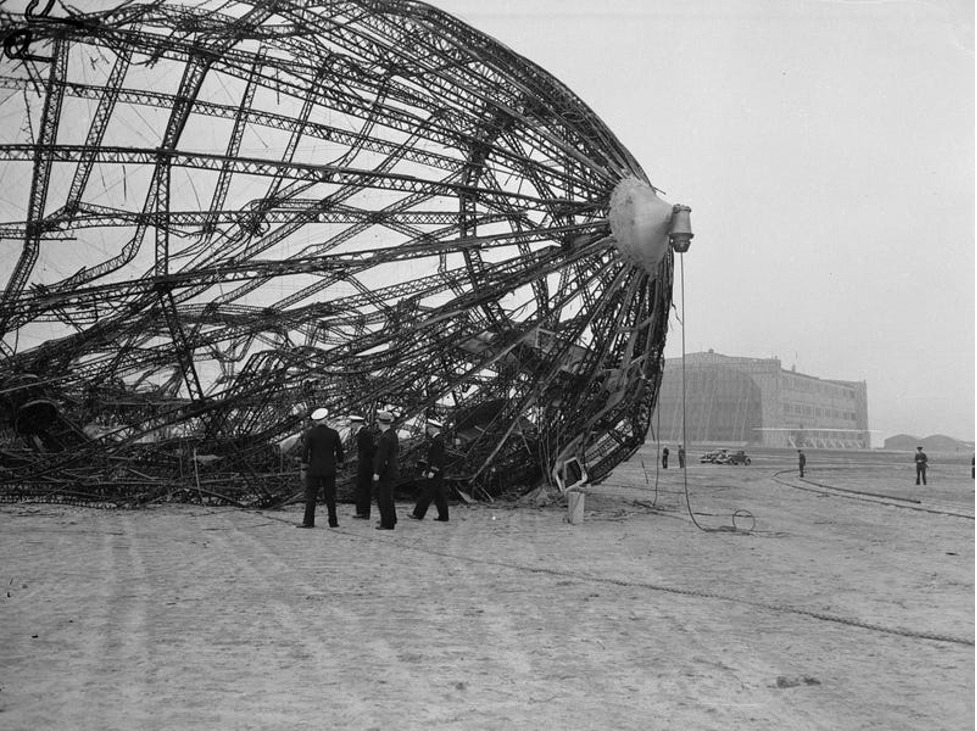
Video
Watch the real footage of the Hindenburg disaster from 1937, featured by British Pathé! Don’t miss this historic and shocking moment captured on film.
Conclusion
The Hindenburg was more than just an airship; it was a symbol of luxury and innovation that tragically ended in disaster. While its rise and fall marked the end of the Zeppelin era, the airship’s legacy endures. It remains a powerful reminder of the risks and rewards of human ambition, and of the constant drive to push the boundaries of what’s possible. Today, the Hindenburg is remembered not only for its luxurious amenities and tragic end but also as a milestone in the history of aviation—a reminder of a time when flying was an extraordinary, and at times perilous, experience.
